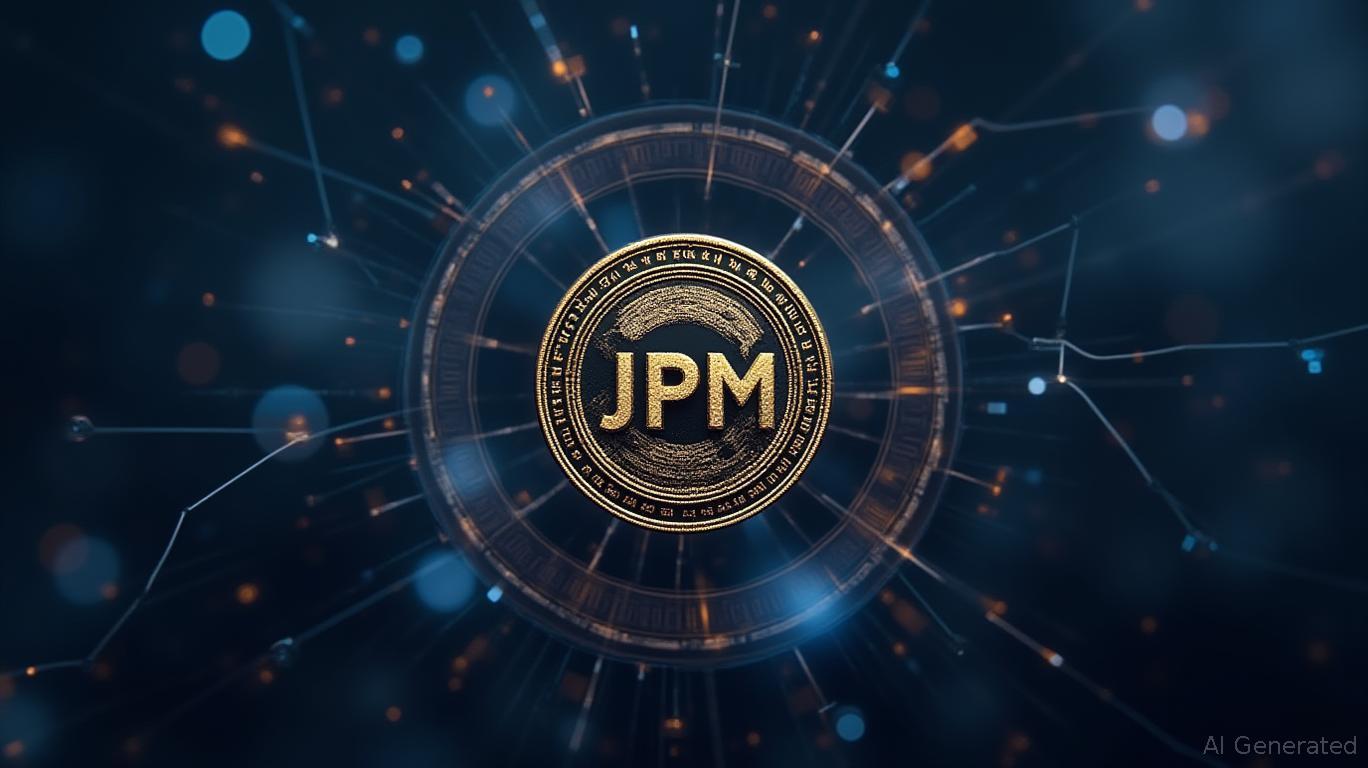JPMorgan Files Crypto Trademark JPMD for Public Blockchain Services
JPMorgan Chase has filed a new trademark, JPMD, with the US Trademark Office for a range of crypto-related services. The filing, submitted between June 15 and 17, 2025, covers a broad spectrum of blockchain-based financial services, including trading, exchange, and electronic fund transfers using crypto, issuance of digital currencies and tokenized assets, and custody, clearing, and settlement of blockchain instruments. This filing suggests that
could be preparing to launch a bank-issued stablecoin, a deposit token, or even a hybrid digital asset aimed at institutional use cases.The JPMorgan crypto trademark, JPMD, differs significantly from JPM Coin, which was launched in 2019. JPM Coin is a permissioned digital asset used strictly for internal settlement between large institutional clients and runs on JPMorgan’s private Quorum blockchain. In contrast, JPMD is reportedly being piloted on Coinbase’s Base, an
layer-2 blockchain, making it JPMorgan’s first digital currency on a public network. This shift suggests deeper ambitions to engage with the broader Web3 ecosystem.JPMD is being tested as a deposit token, not a stablecoin. Deposit tokens are backed by actual commercial bank deposits and issued by licensed institutions, putting them squarely within existing regulatory frameworks. This distinction is crucial as stablecoins like USDC are backed by offchain assets such as cash and short-term Treasuries. Deposit tokens are emerging as a compliant alternative for institutions that want to move real money over public chains without dealing with regulatory uncertainty or custody risks tied to fintech-issued tokens.
JPMorgan’s JPMD trademark crypto filing comes at a time when regulatory clarity and market momentum are converging, creating the perfect window for a new JPMorgan digital currency to emerge. The GENIUS Act, which passed the US Senate in mid-2025, is the most comprehensive effort yet to regulate the stablecoin market. It sets out clear guidelines for reserve requirements, audits, and operational transparency, and creates a path for bank-issued stablecoins and tokenized deposits to exist within the regulatory perimeter. This legal framework allows banks like JPMorgan to build on-chain financial instruments that won’t fall into regulatory limbo.
JPMD has the potential to shake up the stablecoin market. If the pilot succeeds, it could trigger a broader institutional stablecoin launch wave, accelerating adoption of real-time token trading and tokenized settlements across traditional finance. The move also casts a long shadow over current stablecoin leaders like USDt and USDC, which dominate decentralized finance (DeFi) liquidity but come with known limitations such as no deposit insurance, no interest, and uneven levels of operational transparency.
For JPMorgan, JPMD is a calculated step toward real-time token trading on public infrastructure. The bank has handled massive volumes of digital money through private systems, but JPMD changes that by testing on Base. This move approaches a crucial question: whether the scale and security of traditional finance can meet the speed and openness of public crypto. In an age where brokerage blockchain infrastructure is maturing and electronic fund transfers via crypto are gaining ground, JPMorgan wants to stay ahead.


Comments
No comments yet